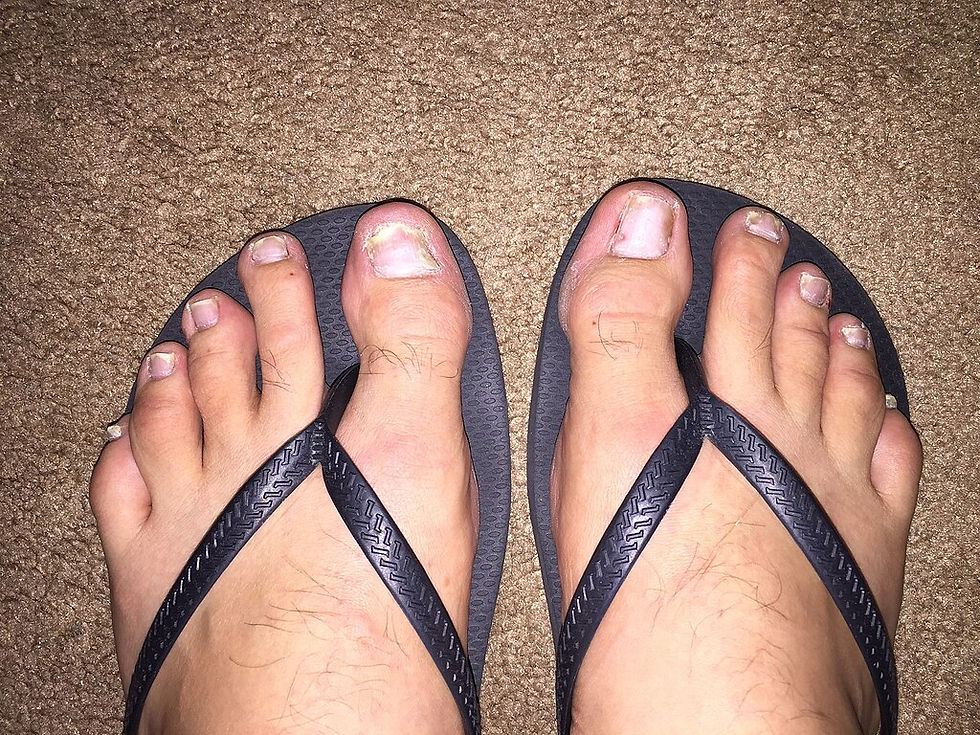Psoriasis drug may be hitting too many targets
- By John Evans, Associate Editor
- Dec 5, 2016
- 2 min read
Targeting interleukin (IL)-12 as part of psoriasis treatment may be counterproductive, according to findings from a recent study published online ahead of print in Nature Communications (Nov. 28, 2016).
Researchers at the University of Zurich and the Center of Allergy and Environment in Munich used a preclinical model for psoriatic plaque formation to investigate how two of the immune messengers bound by ustekinumab—IL-12 and IL-23—influence skin cells apart from one another.
“The research findings that have been achieved in the last ten years show that IL-23 plays the central role in the development of psoriasis,” Burkhard Becher, PhD, professor at the Institute of Experimental Immunology of the University of Zurich, Switzerland, said in a press release. “According to our results, IL-12 however has a positive effect on the skin affected by psoriasis,” said Dr. Becher, the senior author of the study.
Dr. Becher and his team found that that IL-12 activates a protective program in skin cells, preventing infiltration by pathogenic IL-17-producing T cells. This inhibits the inflammatory reaction.
“Our experiments indicate that IL-12, unlike IL-23, has a quite positive effect in the skin affected by psoriasis,” said Dr. Becher. “Because the active substance ustekinumab, which is routinely used in treating psoriasis, neutralizes both IL-23 and IL-12, however, there should be a thorough examination of whether or not the collateral blockade of IL-12 is counterproductive.”
The scientists plan further research in the future to see if IL-12 could also have a positive effect on other symptoms. They say that its role and mode of action have not been sufficiently investigated so far.
Study author Dr. Stefan Haak, research group leader at the Center of Allergy and Environment (ZAUM), a joint undertaking of the Helmholtz Zentrum München and the Technical University of Munich (TUM), said in the release: “New data from clinical studies support our hypothesis and the specific inhibition of the IL-23/Il-17 axis alone would probably be a better-targeted alternative.”



Comments